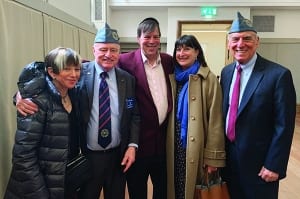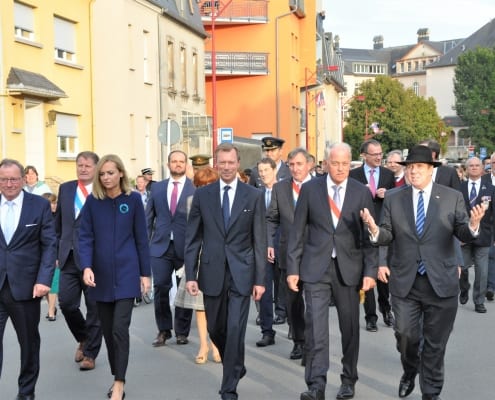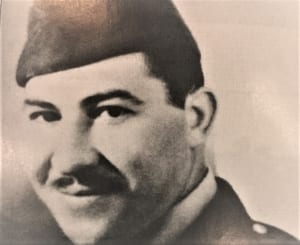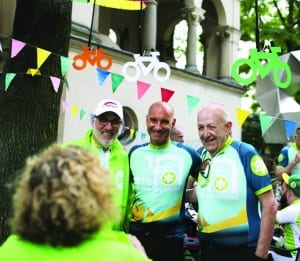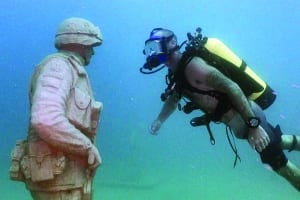By Sheldon Goldberg, Ph.D.
A special cruise tour brings together individuals from World War II allied nations for a trip on the Seine from Paris to Normandy.
I participated in the inaugural cruise as a lecturer in October of 2017. The passengers on this cruise were from the U.S., Great Britain, Israel, and several other countries, but all were Jewish. The trip included visits to the American Military Cemetery in Coleville-sur-Mar, Normandy, Omaha Beach, the Somme battlefield, as well as Rouen and several other picturesque towns along the Seine. One key focus of the cruise was to counter historical anti-Semitic claims that Jews do not fight or, if they do, they serve in the Quartermaster Army as supply clerks, logisticians, lawyers, and doctors, etc., but not combat troops. This cruise highlighted the Jews who served in the armed forces during World Wars I and II, their actions, and their heroism.
The tour company, KTreks & Kosher River Cruises, is co-owned by American David Lawrence, who also served three years in the Israeli Defense Forces, and Londoner Malcolm Green, a long-time executive chef and kosher caterer. They founded the company to provide Jews with a first-class travel experience that meets their religious and spiritual requirements.
The Wiesenthal Center sponsored the inaugural voyage, and I participated due to my position as Docent and Historian at the National Museum of American Jewish Military History. Joining me as a lecturer was David Kraus, the European Operations Director for the tour from Prague. Kraus is a historian of European Jewish life and a researcher at the Jewish Museum of Prague.
Throughout the cruise, Kraus discussed Jewish life in Europe during World War I and the interwar period. I lectured on the participation of American Jewish soldiers in both World War I and II. I also spoke about Jewish Medal of Honor recipients and Jewish military service in the American Civil War.
The company has invited me to participate in its next cruise which will take place from October 22 to October 29. I invite you to join me on this wonderful trip to explore the beautiful Normandy countryside and learn about Jewish life and the role American Jews played in two world wars.
If you are interested in being part of this adventure, contact me at fitrg8tr@verizon.net.
Volume 74. Number 1. 2020
